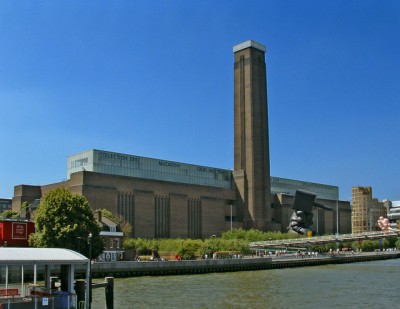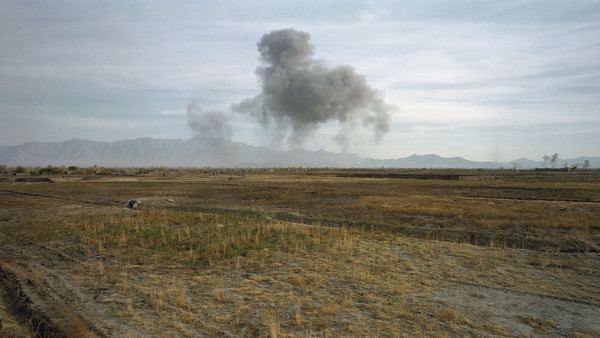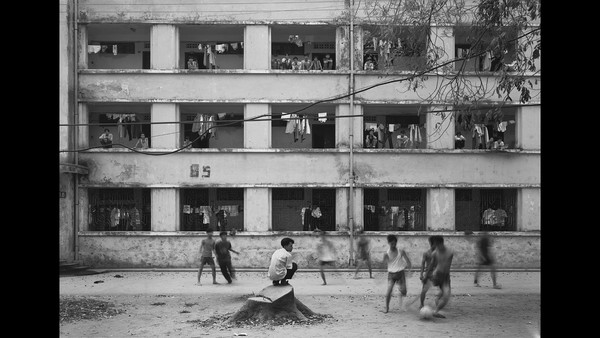Receding into Memory: War Photography at the Tate Modern

If photography is a record of suspended death, a suggestion that the subject is both frozen in time and rendered lifeless in the broader sense of things, then the nature of war is, in many ways, a perfect medium to capture it. It delves into a grim subject more fitting of the dry morgue than the lively art studio. At the Tate Modern’s Conflict, Time, Photography, the pictures are gathered from a concept where, in the words of the reviewer of the Financial Times explains, ‘war recedes into memory.’[1]
For a review of the photos click
http://www.ft.com/cms/s/2/8b91507c-755b-11e4-a1a9-00144feabdc0.html#slide8
Such photography suggests a predominant theme: that of the atrocity, the state of cruel emergency that takes blood rather than spares it. The victims may well be remembered, but even these photographs can only ever allude to their existence by means of furtive hints. General Dwight D. Eisenhower insisted that recordings be made of the dead at the Buchenwald concentration camp at its liberation German guards, but such photos are never conclusive. They remain fragments to be memorialised, or, in some cases, to be purposely forgotten. (The Shoah only becomes a matter of significance in the 1970s – the Holocaust was bad propaganda fare for a newly formed Israeli state.)
This is the most striking paradox. This is noted in Roland Barthes’ Camera Lucida, which recalls a discussion between Franz Kafka and his interlocutor Gustav Janouch. For Kafka, ‘We photograph things in order to drive them out of our minds.’ Such behaviour constitutes a means of shutting one’s eyes. (A neat aside here is that Janouch was himself prone to shutting his eyes, or at least his ears, when it came to recording his conversations with Kafka.)
Such images worth driving out can be found in Don McCullin’s brutal capturing of a shell-shocked US soldier taken during the Battle of Hue in 1968. Such pictures did not launch ships so much as petitions and protests as to the US role in Indochina. They also suggested to military strategists that photo journalists would never again have the same raw access to the subject of war. Those who control the narrative, win the war.
The nature of the atrocity lies precisely in its destruction of awareness and particularity. While the prejudice may well be towards a minority or a group for its special features, the killing of such people is based upon an idea of enforced anonymity. At all costs, remove any sinister element to the torture and ultimate crushing of the individual. Make sure that local homes, some of them even stately, can be used to break the spirit of the individual. (How could you be tortured in a place as homely as this?) This point is made by the Lithuanian Indre Serpytyte’s examination Former NKVD-MVD-MGB-KGB Buildings – the terror here is that domestic homely retreats can become places of state sponsored terror. Torturers tend to have a rather large gene pool.
The theme of shattered buildings and the architecture of war proves as powerful, if not more so, than the distant faces that have ceased to live. Simon Norfolk’s Bullet-scarred apartment building and shops in the Karte Char district of Kabul places destroyed buildings in the Afghan moonscape. There are various reminders of the bunkers of Fortress Europa on efforts by the Third Reich to fortify France against invasion during the early 1940s. The Nazi regime is gone, but the heavy, cosmic looking structures linger like primordial references. ‘One of the essential characteristics of the bunker,’ Paul Virilio asserts in his opening to Bunker Archaeology, ‘is that it is one of the rare modern monolithic architectures.’
Then comes the gory cult feeling – commemorating the bombing of Hiroshima and Nagasaki is done via images of artefacts. The owners of these pieces were vaporised, but the products remain, a haunting echo like shadows burned into buildings by the bomb’s blast. It is also achieved through such singularly striking works as Kikuji Kawada’s The Map (Chizu), deemed one of the finest photobooks to be made in that specific genre. He certainly had a degree of competition, with such works as Shomei Tomatsu and Ken Domon’s Hiroshima-Nagasaki Document 1961 being central to remembering the destruction of the cities at the hands of atomic weapons.
The overwhelming force of destruction suggested in the collections provides no context about how the memories themselves become subordinate to political goals. The suffering of others always provides a basis for political gain. Victimhood, in that sense, floats effortlessly into theories of state-financed victomology – the authorities can never admit that their own war policies resulted in the deaths of civilians. In an age of total war, people were mere units to be pounded, mashed and delivered.
Some of the experiments in photo memorialising are less evocative than others. The collection of Chloe Dewe Matthews named 99 Years Later covering places where deserters were shot during World War I does little to bring the lives of shattered men into view. The pictures feature country settings at dawn, when the executions would take place. The theme, while interesting, is executed with unconvincing blandness. Given the distance between photographer and event, such effect is unsurprising.
Photos of war have one critical, potential weakness. They can act as works of violent pornography, not so much remembering victims as wallowing in a sense of suffering. Such captured suffering risks blurring the line between sanctified memory and undue glorification. The scathing Viennese critic Karl Kraus noted, with a degree of pointed disgust, the proliferation of guide books published in France in the aftermath of World War I. Destroyed buildings became the subject of tourist visits. He could only see this as a grotesque form of voyeurism, a collection of ‘promotional tips to hell’. Images of terror, because they are both repulsive and enchanting, will always find their enlistment in the modern place of memory.
Dr. Binoy Kampmark was a Commonwealth Scholar at Selwyn College, Cambridge. He lectures at RMIT University, Melbourne. Email: [email protected]




